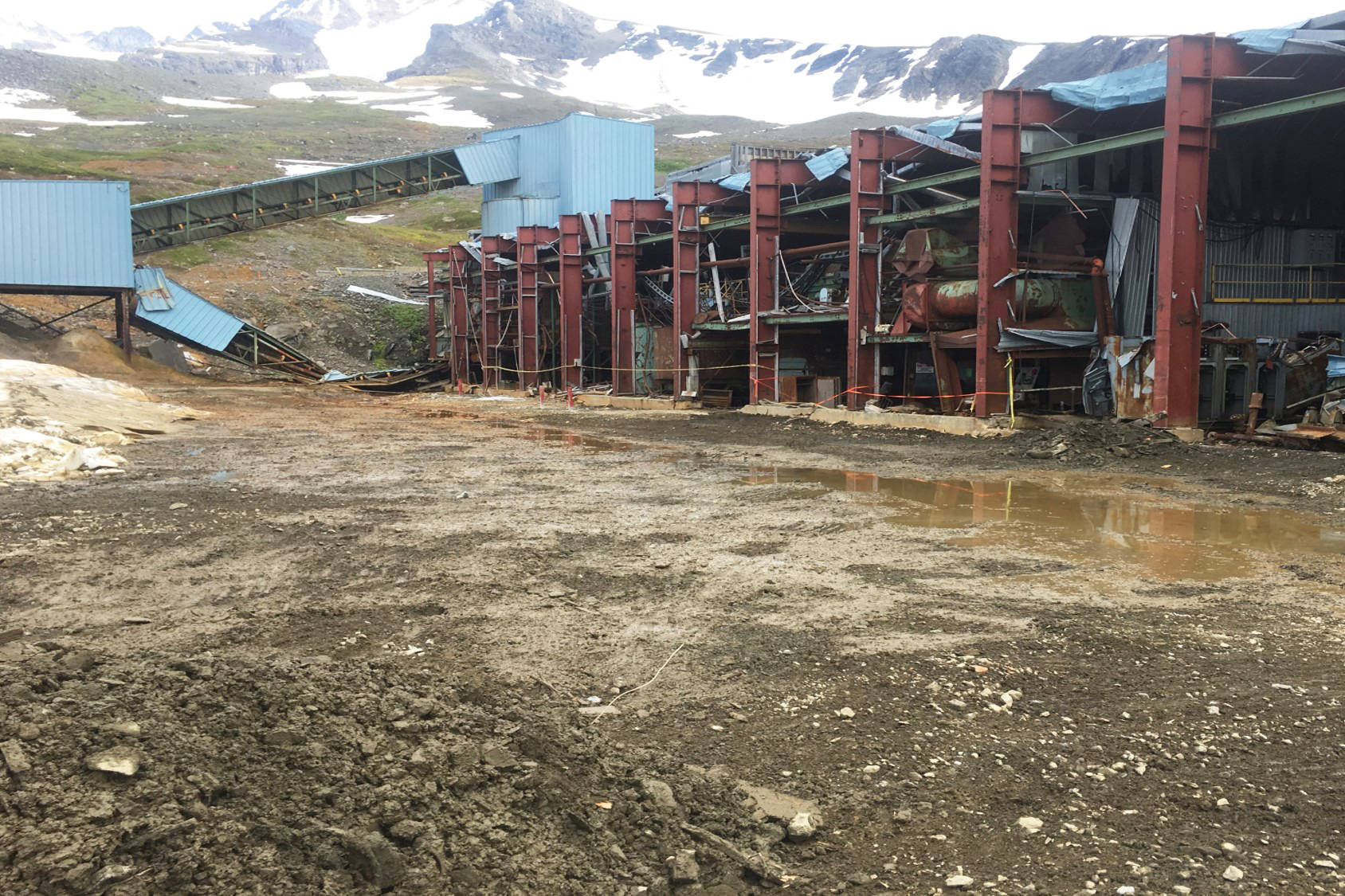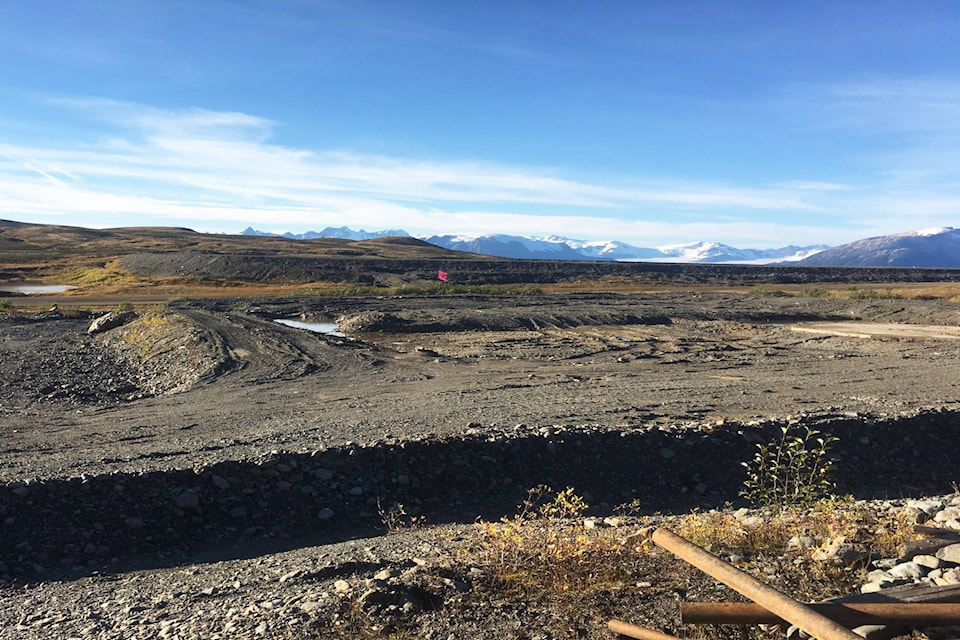Seabridge Gold will start its third summer of work on the Iskut Project in mid June.
The precious metals-focused project developer obtained the project in its acquisition of SnipGold Corp. in June 2016.
The project site is about 294 kilometres in size and is located around 110 km northwest of Stewart.
The Iskut property has attracted explorers and mining companies for over 100 years due to the high-grade, near-surface occurrences of both precious and base metals found in the area, according to Seabridge’s website.
Twenty-five to 30 workers will be on site to take part in the exploration program or will be working on the closure and reclamation of the former Johnny Mountain Mine.
The former Johnny Mountain mine operated for about three years in the late 1980s and early 1990s on Iskut property, Seabridge’s website said.
“We’re focused primarily on cleaning up some of the spilled processed ore that’s contained within the floor of the former mill building,” Seabridge Gold vice president for environmental affairs Brent Murphy said. “We’re also going to start some of the hydrocarbon remediation.”
Murphy said because the project is located in Tahltan traditional territory, Seabridge has developed a close working relationship with the Tahltan Nation Development Corporation.
The company has implemented preferential hiring directed towards the Tahltan and Tahltan companies. The reclamation process will continue for another five years, Murphy said.
As is the case for most major projects, logistics has a been a challenge for Seabridge.
The operation site is in an isolated area that can only be accessed via helicopter and as a result has put a great emphasis on planning and scheduling.
Less than ideal weather conditions have also been a challenge.
“[The Iskut project is at] a high alpine plateau and you can get fog in their quite regularly,” Murphy said. “Spring is probably delayed — three to four weeks later than anywhere else.”
Murphy said the company is aware of the potential for acid rock drainage at the former Johnny Mountain mine and is working to address it.
Acid rock drainage refers to acidic water that is created when sulphide minerals are exposed to air and water and through a chemical reaction produce sulphuric acid.
According to the University of Alaska Fairbanks’ website, this can be harmful to fish and plants.
Although this is a naturally occurring process, acid rock drainage can be created from improperly disposed waste rock and tailings from metal mining operations.
“[The waste rock] will be deposed of in the tailings management facility to ensure that in the future it doesn’t go acid,” Murphy said.
“Acid [rock] drainage is not an issue at Johnny Mountain. It is something that we’re aware of and we’re managing the future potential of it.”

